Cards
(QUICK LINKS: Decks | plants | mammals | birds | | reptiles | fish | cephalopoda | insects | microbe | events
( scientist | project | modifier | technique |)

Pipeline
Event Card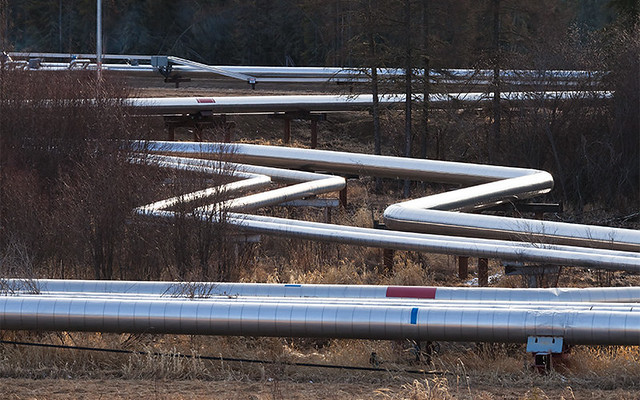
Play: Development: removes species, recolonized by anthropogenic species.
Fact: Habitat clearing is required to construct pipelines, but many species return after construction. The risk of oil spills remains.

Clearcut
Event Card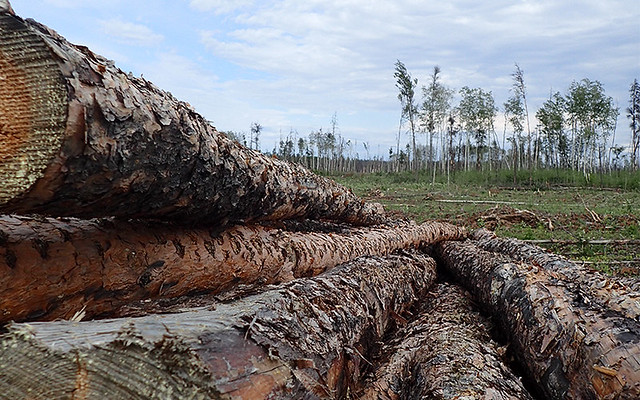
Play: Development removes species, recolonized by anthropogenic species.
Fact: Although clearcuts remove some habitat, they emulate natural disturbances and make room for other species to move in.

Forest Fire
Event Card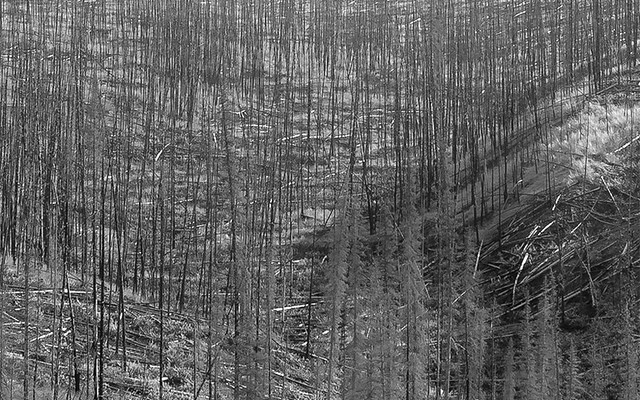
Play: Disturbance: removes species, but can be recolonized.
Fact: Fire prepares the forest for new plant and animal communities by opening up the canopy and returning nutrients to the soil.

Forest Fire
Event Card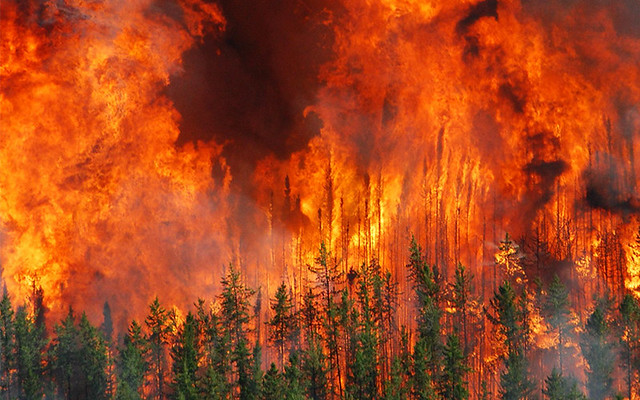
Play: Disturbance: removes species, but can be recognized.
Fact: Fire is frequent in the boreal forest and is responsible for the characteristic mosaic composition of different forest types and ages.

Grey Wolf
Canis lupus

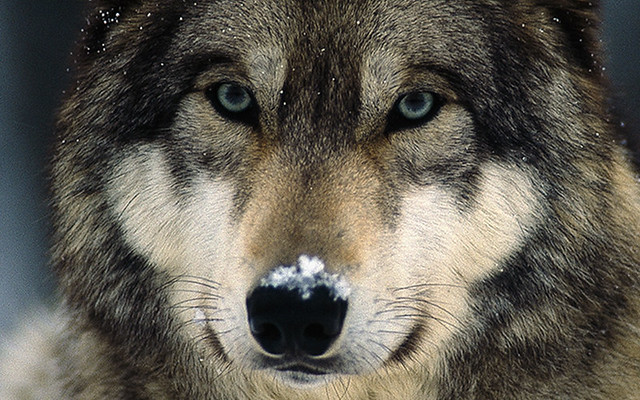
7 POINTS
play: The grey wolf has a MOVE of 2
Fact: Wolves will eat 20 to 30 pounds of meat in a single meal after a successful hunt, but can also go up to 2 weeks without food.

Black Bear
Ursus americana

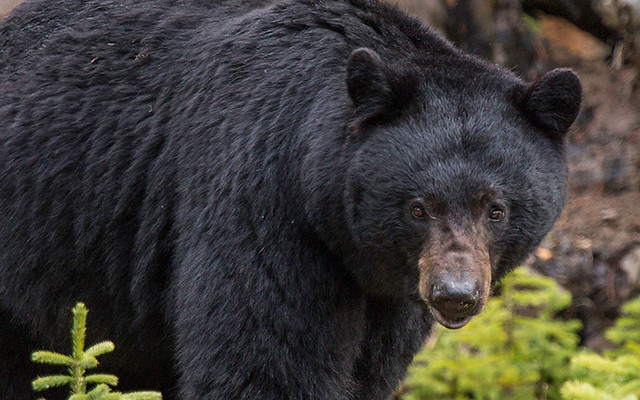
4 POINTS
Play: The black bear has a MOVE of 2
Fact: Black bears are omnivores. They help plants disperse their seeds by eating (and then pooping) lots of berries in late summer.